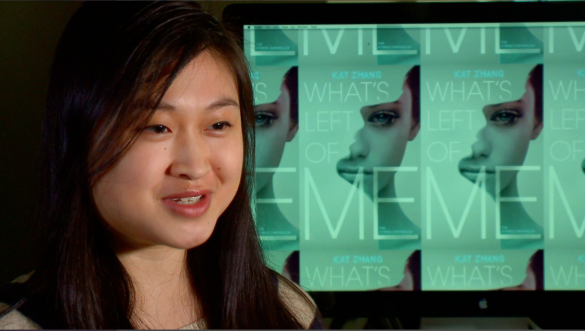
Mateo’s life is turned upside down the day U.S. This grittily provocative debut explores the horrors of self-harm and the healing power of artistic expression.Ī Mexican American boy takes on heavy responsibilities when his family is torn apart. Like most issue books, this is not an easy read, but it's poignant and transcendent as Charlie breaks more and more before piecing herself back together. Through intense, diarylike chapters chronicling Charlie's journey, the author captures the brutal and heartbreaking way "girls who write their pain on their bodies" scar and mar themselves, either succumbing or surviving. Feeling rejected, Charlie, an artist, is drawn into a destructive new relationship with her sexy older co-worker, a "semifamous" local musician who's obviously a junkie alcoholic. But things don't go as planned in the Arizona desert, because sweet Mikey just wants to be friends.

After spending time in treatment with other young women like her-who cut, burn, poke, and otherwise hurt themselves-Charlie is released and takes a bus from the Twin Cities to Tucson to be closer to Mikey, a boy she "like-likes" but who had pined for Ellis instead. Seventeen-year-old Charlie Davis, a white girl living on the margins, thinks she has little reason to live: her father drowned himself her bereft and abusive mother kicked her out her best friend, Ellis, is nearly brain dead after cutting too deeply and she's gone through unspeakable experiences living on the street.

Newbies won’t find this novel stands alone, but fans will have plenty of reasons to be impatient for the third book in the series.Īfter surviving a suicide attempt, a fragile teen isn't sure she can endure without cutting herself. Zhang’s precise prose skillfully delineates Eva’s unique first-person point of view, and the sisters’ intense relationship continues to be deeply compelling. Nevertheless, the sisters’ ethical dilemma resonates due to the genuine horror of the false cure. Many aspects of its history and politics remain vague, and the new characters are forgettable. Zhang further develops the dystopia introduced in her first novel with mixed success. Several call for a violent protest, and they invite Eva and Addie to cast their lots with them. Tensions reach a breaking point when the hybrids learn the government is promoting a false surgical cure for their condition. Meanwhile, the sisters’ increasing independence is testing their bond: Eva longs to pursue her romance with Ryan, while Addie has her own secrets. Since their dramatic escape from the Nornand Clinic, Eva, Addie and their fellow fugitives have hidden with other hybrids-people whose bodies are shared by two souls-and grown frustrated by their rescuers’ cautious ways.

In the sequel to What’s Left of Me (2012), Eva and Addie must decide whether the government’s latest anti-hybrid initiative justifies an act of terrorism as a response.


 0 kommentar(er)
0 kommentar(er)
